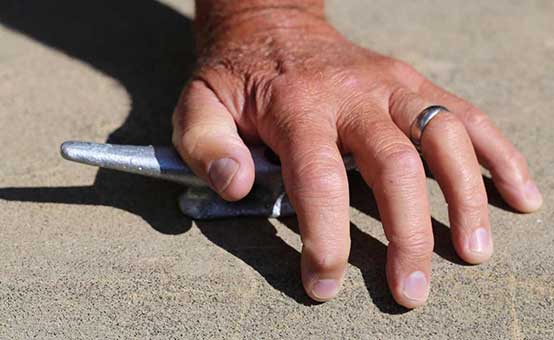
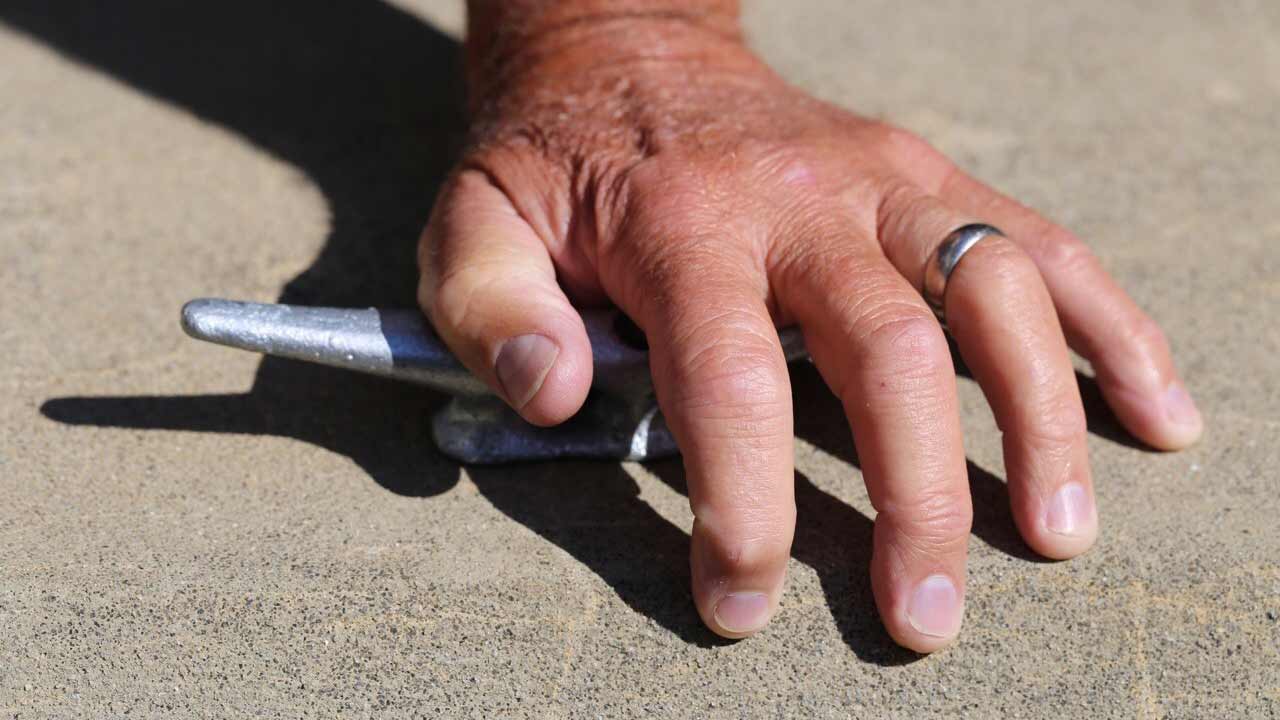
Imagine catching your ring or bracelet on a cleat as you're suddenly knocked off your feet or worse, toppled overboard.
A DAN member reported that he was standing on the platform at the back of the boat, getting ready to join a friend who was already in the water waiting for him. A speedboat passed by, creating a wave that rocked the boat and unbalanced him. As he fell into the water, his left hand caught on the edge of the boat by the cleat. His finger was severed, torn off his hand by the ring he was wearing.
This type of sudden accidental amputation is more commonly associated with manual occupations such as in the construction industry and the military where individuals are catching a digit or limb on something while jumping out of the back of trucks. Depending on the circumstances, this type of trauma can result in varying degrees of injury ranging from joint dislocations and severe sprains, to bone breaks, amputations, and, in rare cases, degloving injuries.
Boaters, even seasoned ones, are certainly not immune to getting knocked off their feet. Regularly. In fact, the latest boating injury data suggests that bone and joint injuries, including amputations, may be more common that you think.
When you consider how often an unexpected wake, slippery deck, or improperly-stowed gear triggers your instinct to grab the nearest object, you quickly realize that each time is a potential safety hazard to some degree. Even when the risk of falling overboard is low, there's still a chance you could get tangled in or caught on something while trying to steady yourself.
And as this member's story graphically illustrates, skipping basic precautions could quite possibly cost you a finger in the process.
The good news is there are some very simple precautions you and your guests can take while onboard to help prevent traumatic finger injuries like this.
Here's what to do if you encounter an injury like this:
If the severed finger is recoverable, you should do so. Reattachment, or even partial reattachment, may be possible. When you recover the detached digit:
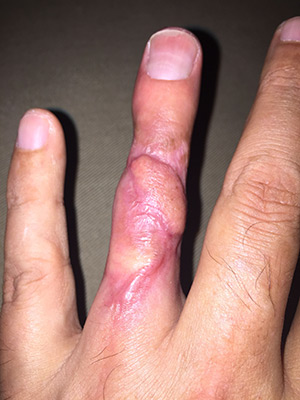
When we followed up with him a year after the injury, we were delighted to learn that his physicians were able to successfully reattach his finger and, after healing and rehabilitation, he is back to doing what he loves best -- enjoying life in and on the water.
MORE FROM
SAFE PASSAGE
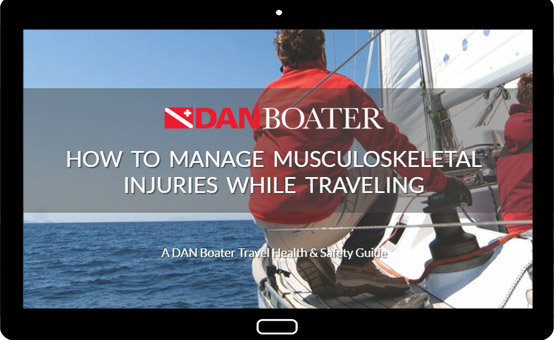
TRAVEL HEALTH | Feb 9, 2018
DAN Boater Releases New First-Aid Guide for Musculoskeletal Injuries
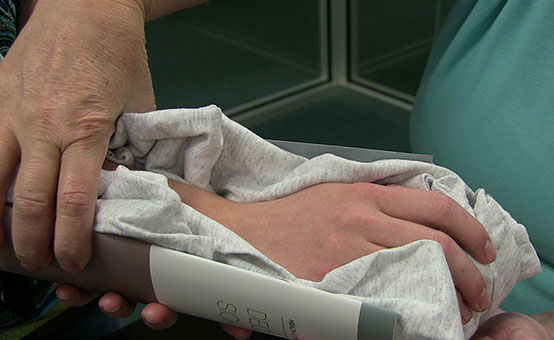
TRAVEL HEALTH | Apr 27, 2016
First Aid for Fractures: What do do when you don't have a splint
THIS WEBSITE DOES NOT PROVIDE MEDICAL OR DENTAL ADVICE.
It is intended for general informational purposes only and does not address individual circumstances. It is not a substitute for professional medical or dental advice, diagnosis or treatment and should not be relied on to make decisions about your health. Never ignore professional medical or dental advice in seeking treatment because of something you have read on the DAN Boater website. If you think you may have a medical emergency, immediately call your doctor, dial 911, or contact emergency services nearest you.